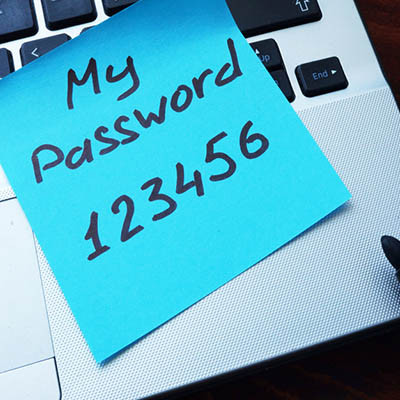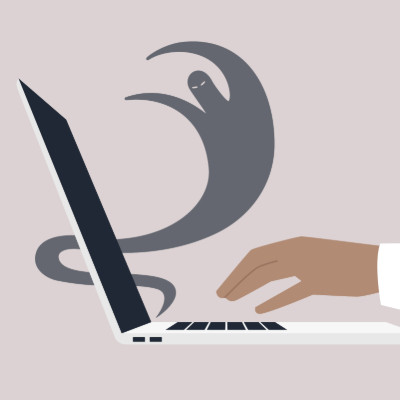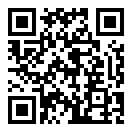While you’re busy shoring up your cybersecurity measures, it’s worth asking what you’re doing about physical security breaches. Considering the risk they pose to your employees, data, and equipment, you shouldn’t leave this issue unaddressed for your business. Any small business owner should strive for the peace of mind that physical security can bring about.
Attend IT Blog
How many employees do you have who keep your company’s passwords on sticky notes stuck to their monitors? This simple, seemingly benign trick could be putting your business at risk. After all, if you can see the password on a sticky note, so too can others who happen to be wandering around the office—including potential threat actors.
We’ve seen firsthand how the shift to remote work has revolutionized business operations. However, one area still causes friction for many business owners: the virtual meeting. A poorly executed remote meeting isn't just a time-waster; it can drain productivity and disengage your team, damaging your company culture. Today, we outline a few tips that show that with the right strategy and tools, your remote meetings can be even more effective and engaging than their in-person counterparts.
Now that AI has entered the mainstream, more businesses are implementing these tools into their daily operations. Tasks like drafting emails, brainstorming for a new project, or debugging code have all been made easier. Here’s the secret to making the most out of AI: you get out what you put in. What do we mean by this? Let’s find out.
Happy Halloween! Tonight, ghosties and goblins will roam from door to door, collecting candies along the way. This is to be expected. Less expected are the cyberthreats and attacks that darken the doors of modern businesses of all shapes and sizes.
Let’s talk about the things you need to do to keep your business safe, inside and out, every night of the year.





